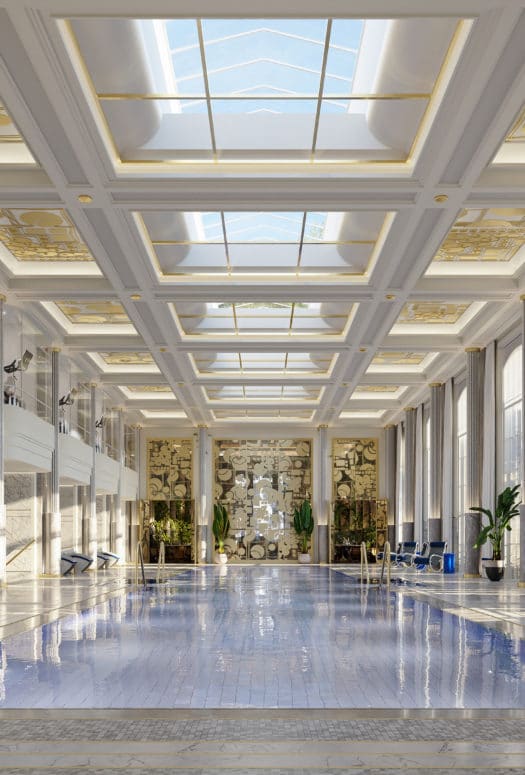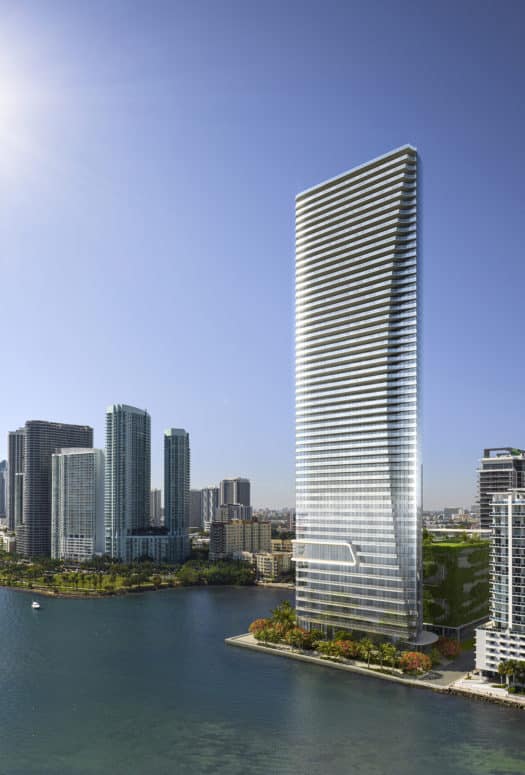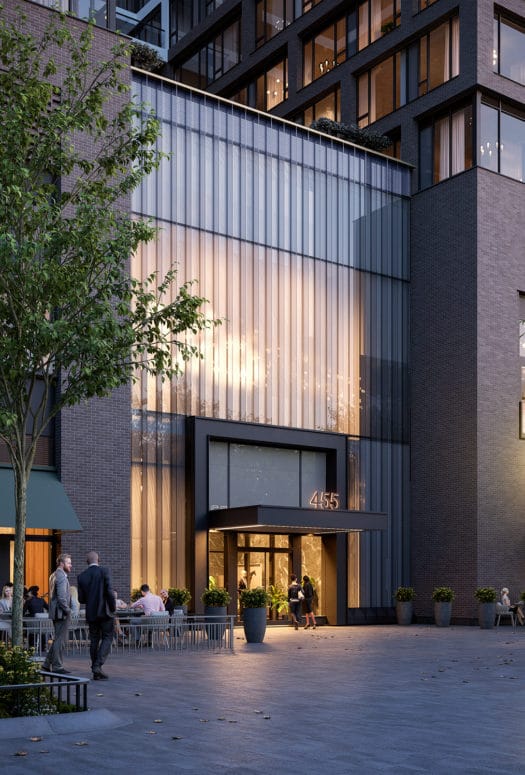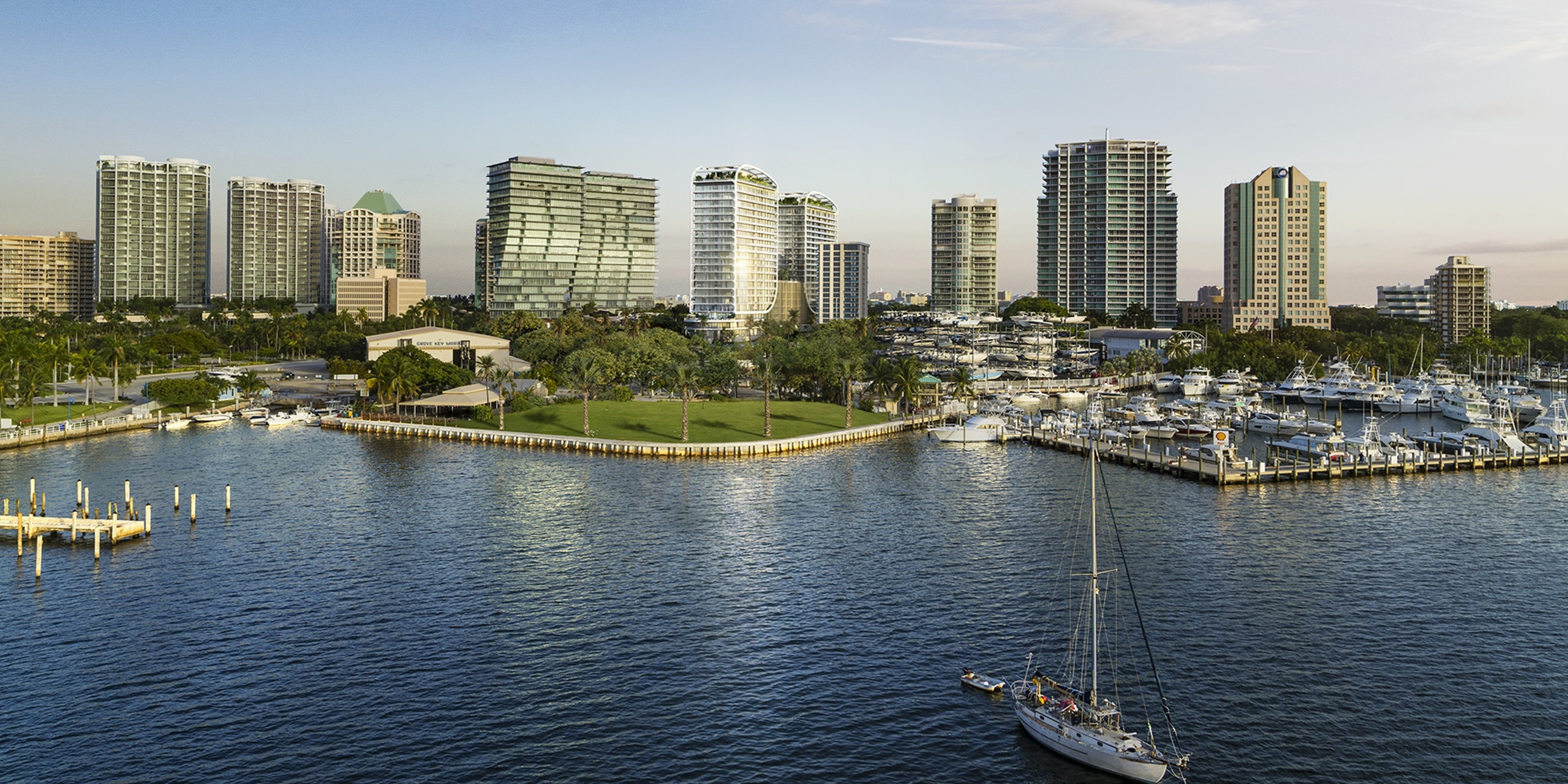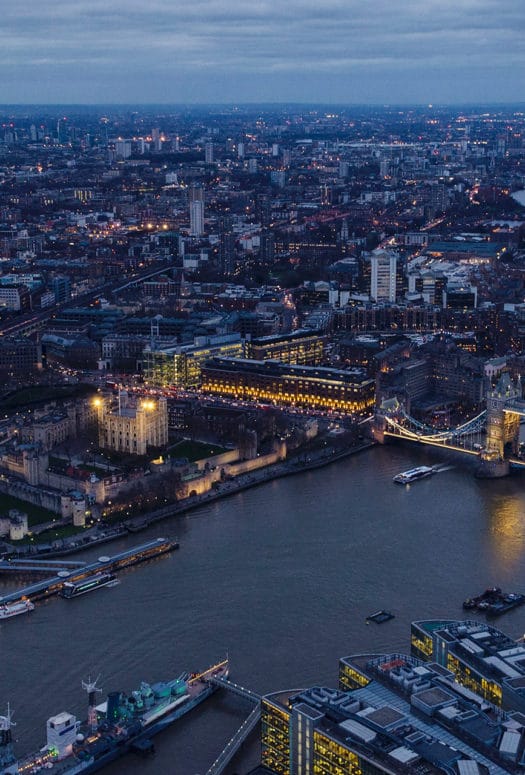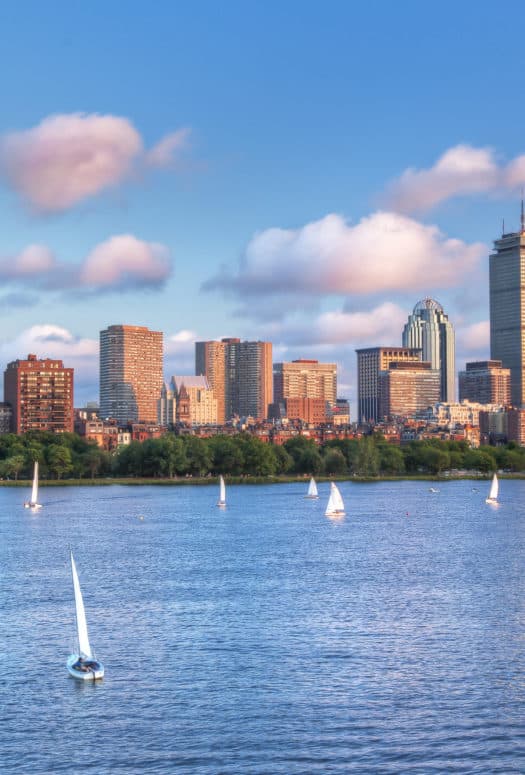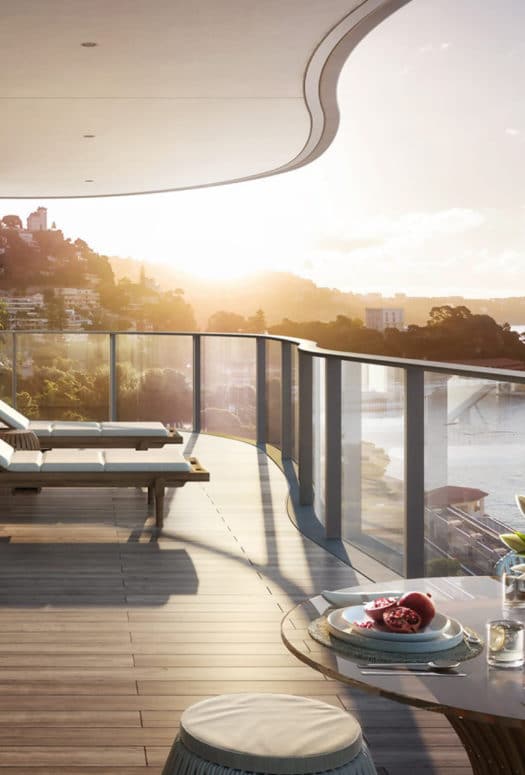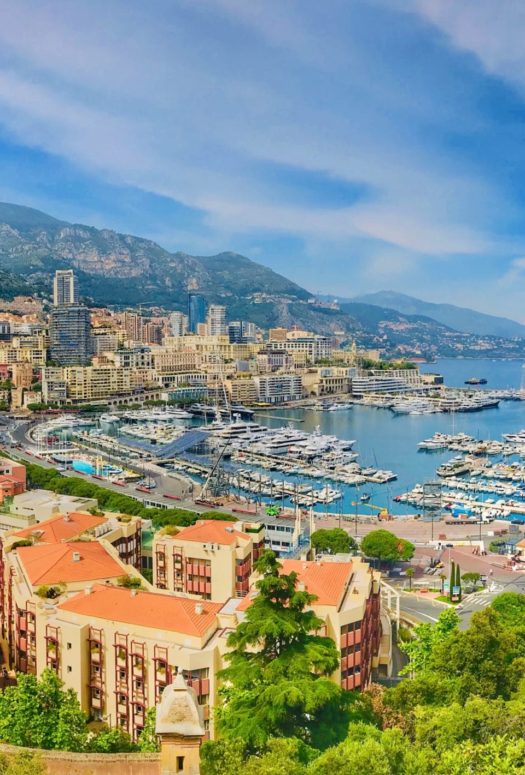Coconut Grove, Miami: A Cultural Hub Enters a New Era
By: Erica Corsano
Coconut Grove, affectionately referred to as “the Grove” by locals, is one of Miami’s most vibrant neighborhoods. Over the years, the area has been likened to San Francisco’s Haight-Ashbury, and has served as home to a robust creative community of artists and musicians. (Fun fact: Joni Mitchell was discovered here.)
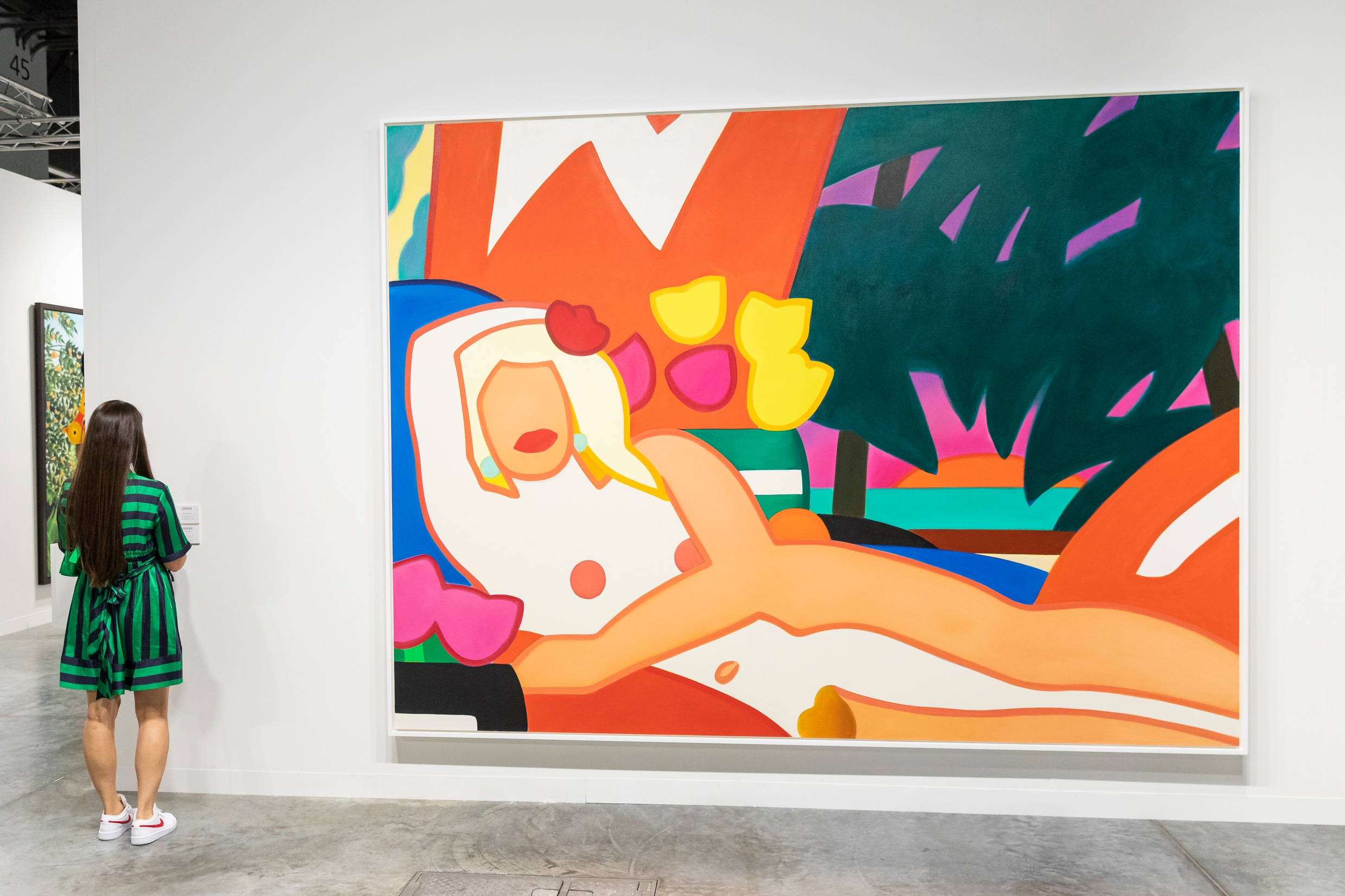 Photo Credit: Art Basel
Photo Credit: Art Basel
This legacy of creativity is on display throughout the neighborhood. The Coconut Grove Art Festival has been showcasing area artists for more than 50 years, predating Art Basel Miami, which arrived in the city in 2002. The area is also historically significant as the birthplace of the Miami Black Arts Workshop, a Black artistic collective active in West Coconut Grove.
This verdant marina-front enclave has had its ups and downs over the years. At one time the hottest destination in all of South Florida and a bustling hub for the wealthy and well-heeled from the 1960s to the late 1980s, the Grove saw a decline in the 1990s and the 2000s driven by South Beach’s boom in popularity among tourists. The last few years, however, have ushered in a burst of new activity, bringing luxury condominium towers, swanky hotels, bars, restaurants, and chic shops to the eclectic neighborhood.
Places to Know
In 2015, Peter Zalewski, a principal with the consulting firm Condo Vultures, told the Miami Herald that Coconut Grove was “an unknown market for luxury high-end condos.” But much has changed in the past few years. Park Grove—with architecture by the legendary Rem Koolhaas’s OMA, interiors by Meyer Davis, and kitchens and baths by Studio Sofield—was one of the first new luxury condominiums on the scene. Mr. C Miami Hotel (of Cipriani fame) and Mr. C Residences are also neighborhood standouts among a number of smaller residential developments.
The historical indoor-outdoor retail destination CocoWalk plays host to hot spots like Planta Queen, a high-end vegan restaurant; beauty chain Bluemercury; and trendy clothing boutique Late Night Gypsy. The Bazaar Project, a must-shop boutique, offers up a chic mix of accessories, home items, decor, gift items, and blingy objects, in an impeccably designed storefront with a charming cafe.
The neighborhood’s dining scene is a mix of old and new, including Miami staple Harry’s Pizzeria, chef-driven global cuisine spot Ariete, cult-favorite burger joint LoKal (with an adjacent milkshake shop, Vicky’s House), decadent dessert outpost Fireman Derek’s, New York transplant Sadelle’s, and longtime go-to brunch spot Greenstreet Cafe.
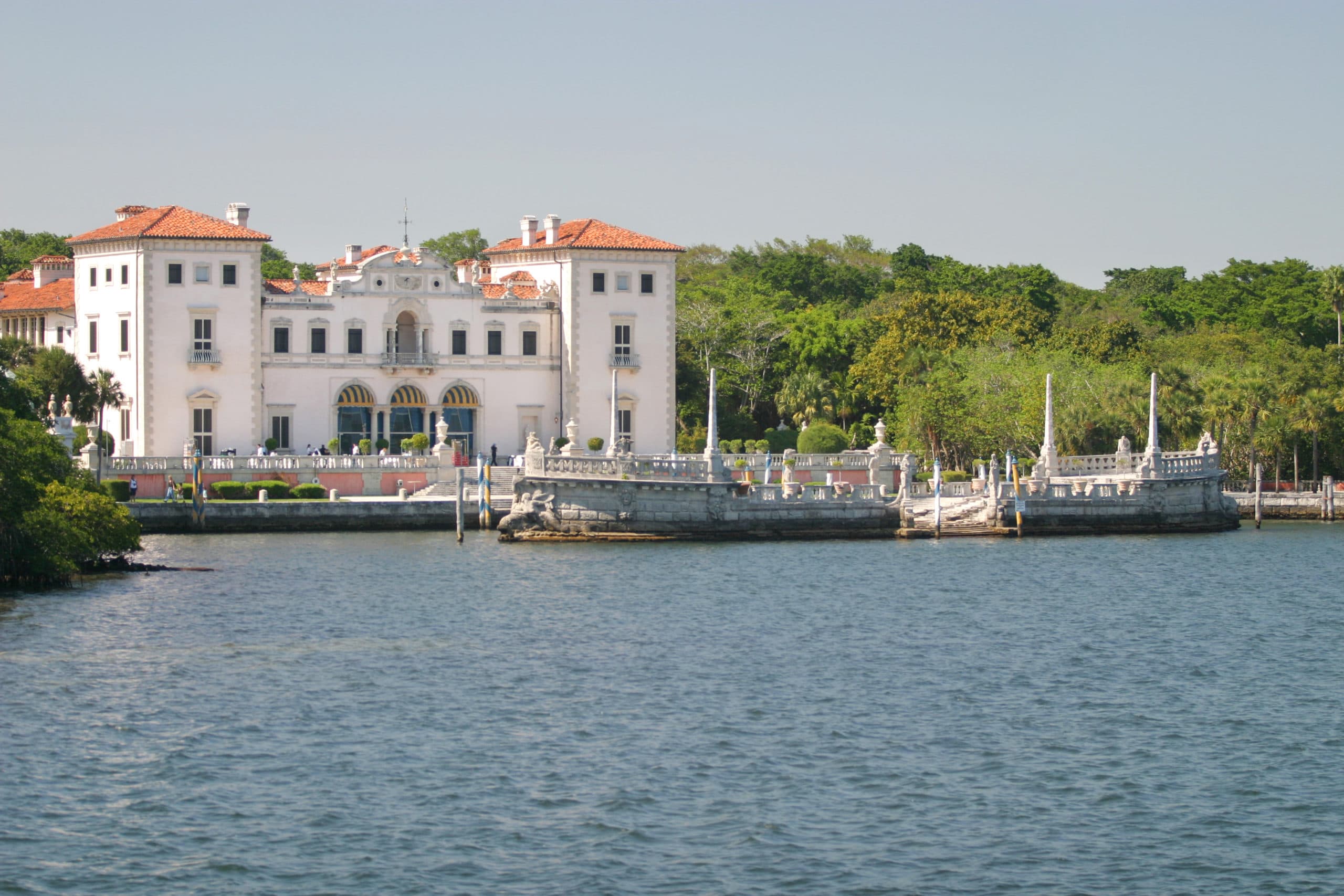 Photo Credit: iStock
Photo Credit: iStock
Built and donated to the city by industrialist James Deering, Vizcaya Museum & Gardens is a stunning estate beautifully stuck in time. Its grand edifice is filled with antiques and art, and its impeccably manicured gardens occupy over 10 acres.
The waterfront Barnacle Historic State Park is also worth a visit. The former Victorian estate is on five acres of mangrove forest and plays host to the oldest house in Miami-Dade County still standing in its original location. It was built in 1891 for Ralph Middleton Munroe, the first commodore of the Biscayne Bay Yacht Club.
Neighborhood Boundaries
Biscayne Bay is the easternmost boundary of this waterfront neighborhood, which is also capped by U.S. 1 (and the skyscraper-laden Brickell neighborhood) to the north, Le Jeune Road (and the “City Beautiful,” Coral Gables) to the west, and North Prospect Drive (and the exclusive Cocoplum enclave in Coral Gables) to the south.
The Stats
According to real estate insights platform Movoto, the median list price of condominiums/townhomes in the neighborhood as of December 2021 was $1.15 million. That was down slightly from $1.32 million in December 2020. The median list price of all property types in December 2021 was $1.425 million, up from 2020’s $1.35 million.
It’s the Ideal Neighborhood for…
…people who love a neighborhood vibe, but are also looking for a rich history and modern amenities.


